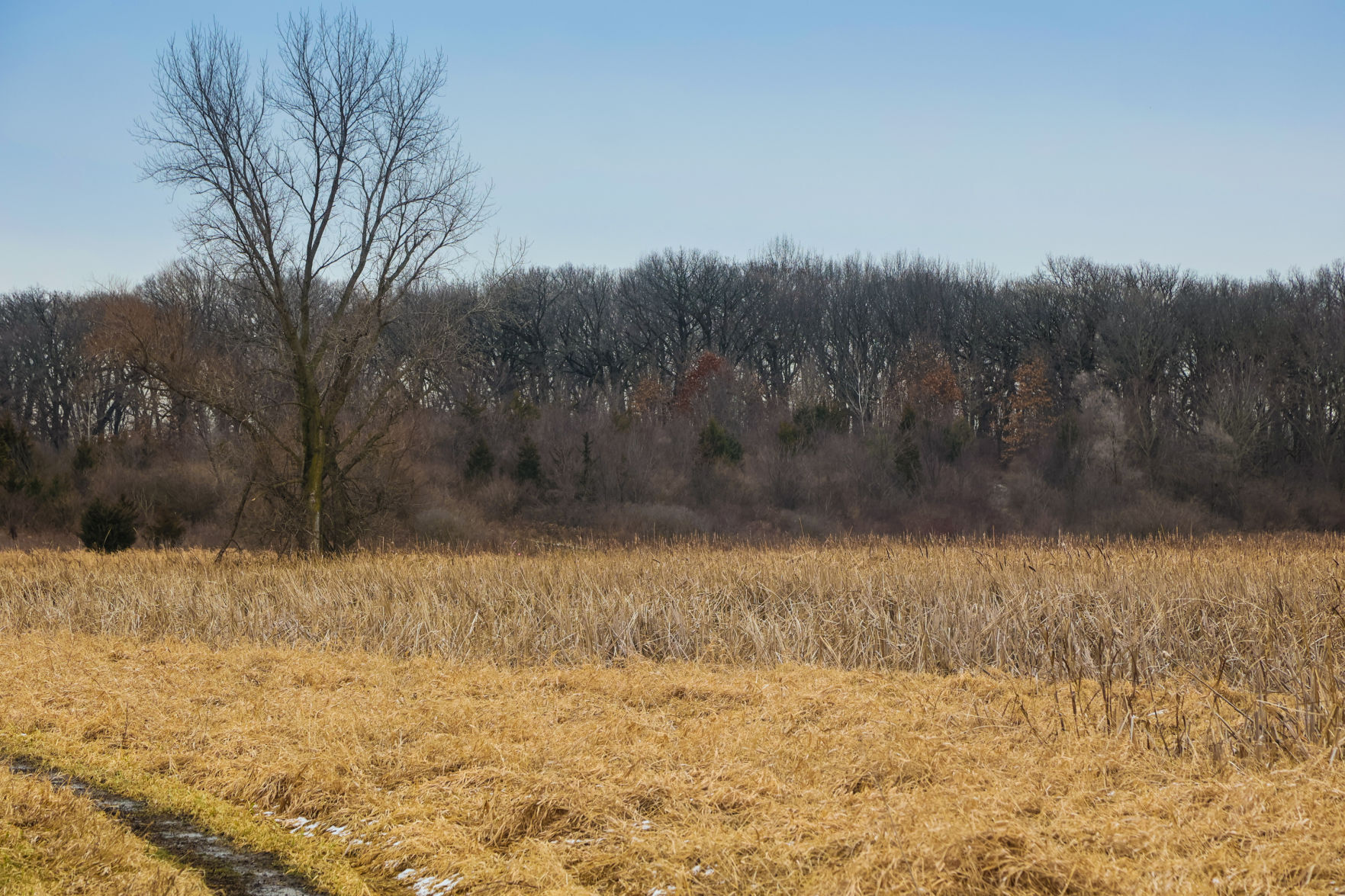
The Lake County Parks Department bought the property in December. However, it will be three to five years before the park is ready for recreation.
SCHERERVILLE — Over the next few years, almost 100 acres on the edge of Schererville will be transformed into a space for environmental education, prairie restoration and stormwater management.
Nestled between 77th and 85th avenues near the Pennsy Greenway Trail and Lake Hills Park, most of the 99.3 acres have sat unused since the owners stopped farming in the 1980s. The Lake County Parks Department has been in talks with the owners for several years and finally bought the property in December.
Multiple developers have eyed the property, although the 25 acres of wetlands had been a deterrent. However, legislation passed in February 2021 removed some development restrictions and put 80% of the state's remaining wetlands at risk of permanent elimination.
The property would have been "a poster child for development if we didn't buy it," said Craig Zandstra, superintendent of planning and natural resource management for Lake County Parks.
"This was a win-win for us and for the residents of Lake County because there's not a lot of properties like this being preserved especially on the west side of the county."
Lake County Parks bought the land with funding from the Schererville Town Council, the Schererville Parks Department, the Little Calumet River Basin Development Commission, the Indiana Department of Natural Resources' President Benjamin Harrison Conservation Trust Fund, the Lake Heritage Parks Foundation and the Nature Conservancy.
However, the bulk of the money — almost $1.2 million — came from IDNR's Next Level Conservation Trust, which allocated $25 million to projects across the state, the largest single sum of state dollars ever put toward conservation in Indiana.
Between the Indiana Land Trust, various county parks systems, state parks and nature preserves, all $25 million "was spoken for right away," Zandstra said. “This shows the Legislature that there’s a need there for more conservation dollars in the state."
Land conservation is especially important in Lake County, where rapid development is eating up green space.
Zandstra estimates that Lake County has 20,000 acres of protected open space. This number may sound substantial, he said, but Porter County likely has 25,000, Newton has 30,000 and Cook County has 90,000.
Illinois had a head start, beginning its forest preserve program before World War I, while Lake County Parks wasn't even established until 1968.
Lake County needs to ramp up conservation efforts over the next few decades "or a lot of potential park sites will be gone," Zandstra warned. "As more development happens, these areas become even more important."
More development also means more impervious surfaces and more stormwater runoff.
Lake County Parks bought the property in part to address flooding and water-quality issues in the Region. Some of the property's wetlands feed into Turkey Creek, which ultimately connects to Lake Michigan. Over the years the creek has been dredged and straightened; however, Lake County Parks hopes to re-meander the waterway, returning it to its natural state.
When water flows naturally, creeks become more oxygenated, improving water quality and increasing plant growth.
Having ample vegetation benefits water bodies in a multitude of ways, including keeping water cool through increased shade, reducing erosion by stabilizing soil, and purifying stormwater by filtering runoff through deep roots systems.
Zandstra said plans for the park include a parking lot surrounded by wetlands, a picnic shelter, a playground, an open turf area and trails. However, preparing the park for public use will take three to five years and $750,000.
Lake County Parks is in talks with some adjacent landowners who are looking to sell their property. If they are able to buy the parcels, Zandstra said, the park could grow by about 50 acres.
Since purchasing the land, Zandstra has heard from multiple Tri-town residents who want to see more nearby land preserved.
"They were all concerned about too much development in their area," he said. "If Lake County Parks had the money right now, there’s probably a good dozen properties that we could buy from willing sellers. But we just don’t have the funds."

Post a Comment